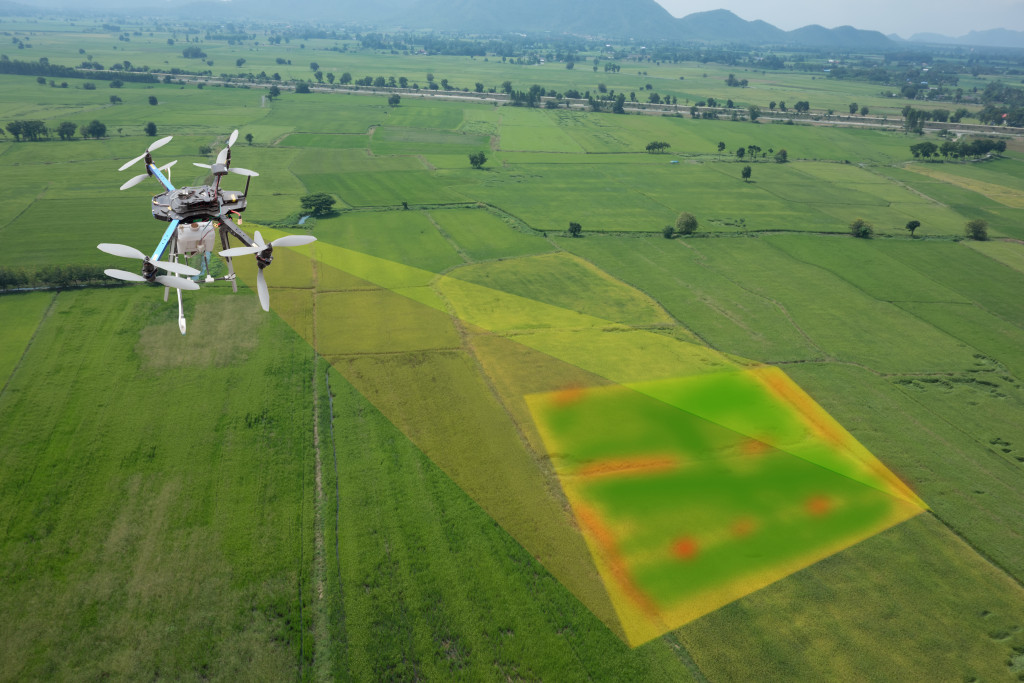 The global population has ballooned to 7 billion today. By the end of the century, the number of people around the world is estimated to further increase to 9 billion.
The global population has ballooned to 7 billion today. By the end of the century, the number of people around the world is estimated to further increase to 9 billion.
More people mean a larger demand for food. It will be exacerbated by the growth of middle-class households in developing nations. We need to increase the production of food to satisfy the growing global demand. However, it would not be easy.
The Problem with Food Production
The current practices used in food production contribute to climate change. Agriculture, for example, generates tons of greenhouse gases. The industry is responsible for 9 percent of the greenhouse gas emissions in the United States.
Moreover, it creates a slew of environmental problems.
Modern practices require enormous amounts of resources. In many places around the world, forests have to be cleared to create space for growing and harvesting crops, destroying the local ecosystems.
In addition, increasing food production meant using pesticides to eliminate insects that destroy crops. The use of pesticides improves yield but destroys the environment.
Earth has limited resources. The amount of land and water needed to produce crops will run out at some point. The practices currently in place to produce more food are also contributing to the worsening climate change. Meanwhile, the consequences of climate change threaten global food production.
The New Breed of Farmers
Nowadays, farming is sparking interest among health enthusiasts and socially conscious young people. They are interested in growing their own food and help feed their communities. Amazingly, they are doing it despite the limited space of a metropolis.
Across the world, the number of so-called urban farmers is growing. Its popularity received a boost from the pandemic as people who lost their source of income or are worried about the supply of healthy food options transform empty spaces into places to grow and get food.
They are also using advanced techniques for their plantings. The hydroponic vertical type of farming is among the most preferred by urban farmers because it solves the problem of space and land.
Robots Take Over Farms
There will come a time when the task of producing food will become delegated to robots. As more people leave their rural hometowns for the city, there will be a shortage of farm field workers. The open position will therefore be taken over by machines that can work non-stop to provide food for humans.
Robots are more capable of the manual labor required by the job. They are also more flexible and, more importantly, affordable than heavy machinery.
Experts also foresee drones being used to gather relevant information that will improve yield. Drones equipped with lasers can also perform tasks with high precision such as applying herbicide in spots where weed has been detected and monitor the entire field from above.

Internet of Things for Data Collection
The collection of massive amounts of data will be necessary for the future to ensure ample food production for the growing global population. The Internet of Things (IoT) can help with that.
IoT is most known in home appliances. Your television, voice assistant, light bulbs, and thermostats are all smart devices that collect and exchange data with another. In the field, similar devices can be employed.
There are different sensors that can be utilized to glean insights for better yield. These devices can, for example, analyze the physical state of soil, seeds, plants, and water. These devices can also offer advice based on data on how to improve crops.
Moreover, IoT can better manage watering systems. Agriculture uses so much water that, in some places, it has caused drought. IoT will enable better water management, reducing the amount of water wasted while, at the same time, ensuring a generous yield.
Machine Learning in Decision-Making
Now, partner the data collected by IoT devices with the power of machine learning. The combination can open a slew of possibilities.
For example, sensors will collect data about cows. Meanwhile, machine learning will analyze the data collected to see if the feed can be adjusted to increase milk yield.
Moreover, machine learning can be used to make more accurate predictions about weather and the environment. Based on consolidated data from different sources, machine learning can warn farmers when drought might happen or when certain pests that could destroy crops might emerge. It will be a useful tool to prevent losses in the future.
The future of the human race depends on the technology that we developed now. It is possible that, with the growing demand for food, there will be a crisis filled with shortages and hunger. However, with technology, the future might not be too bleak.
